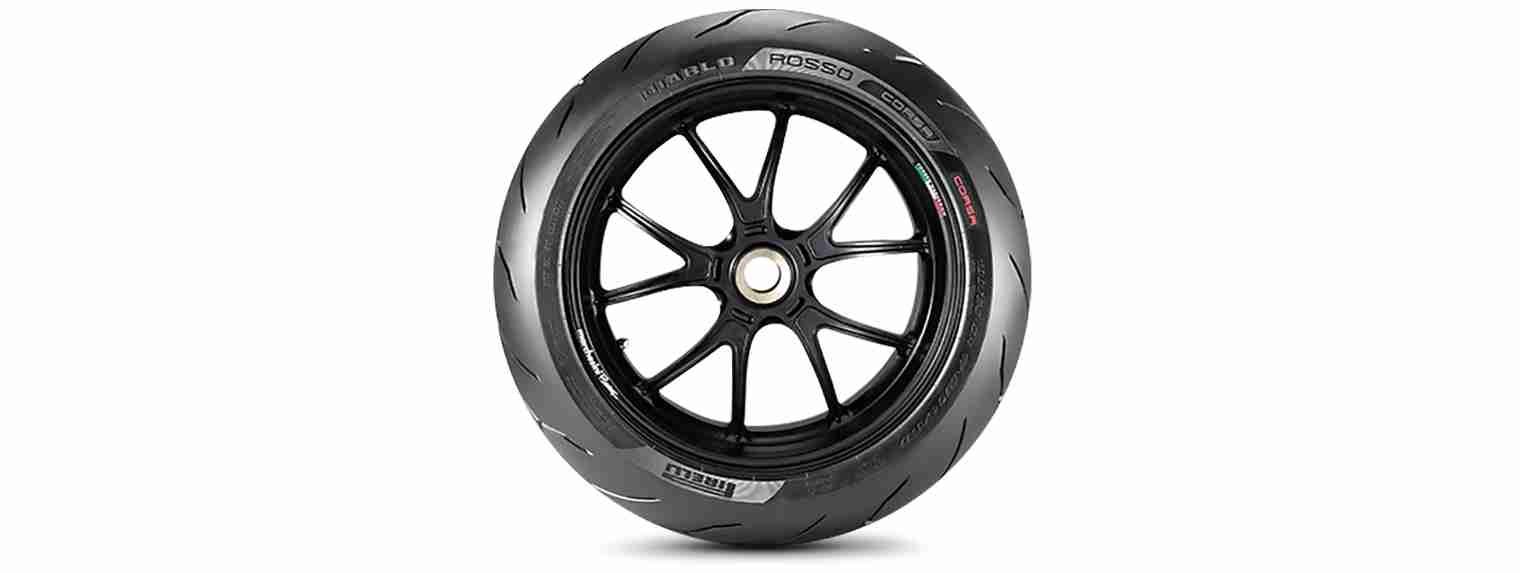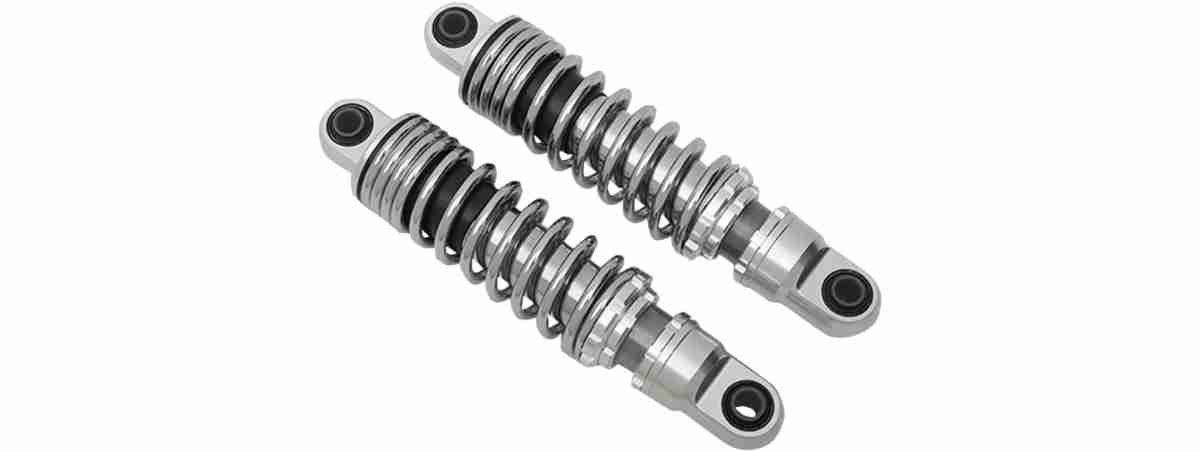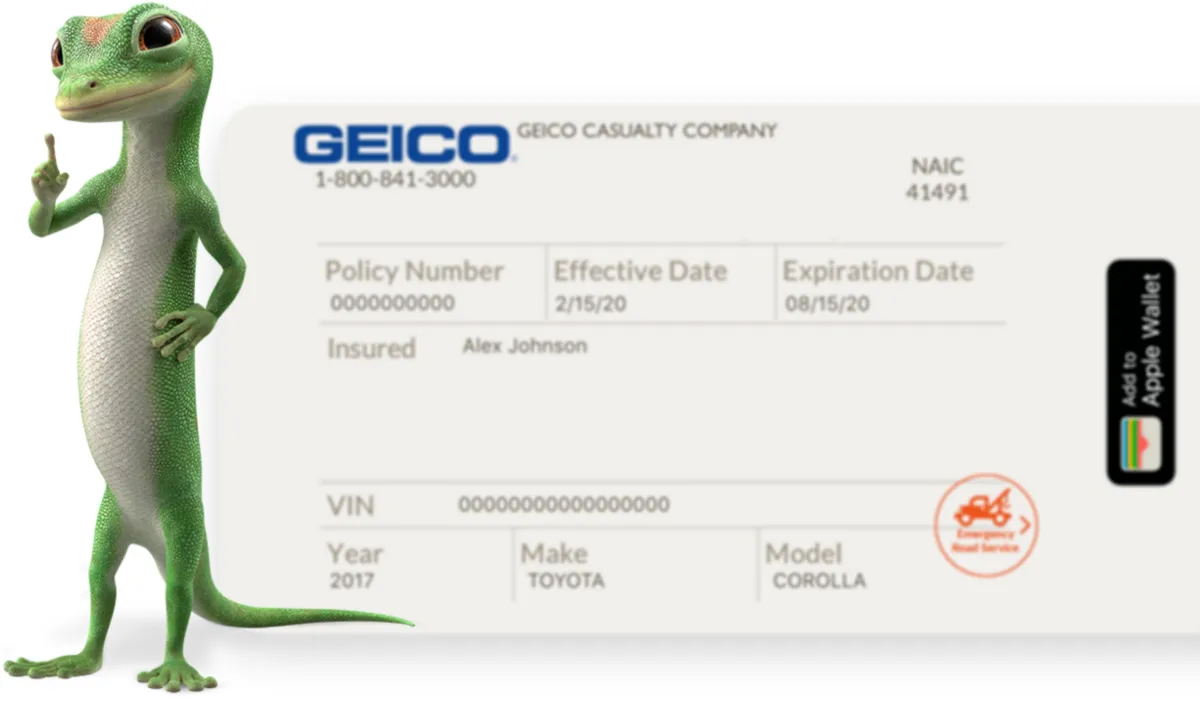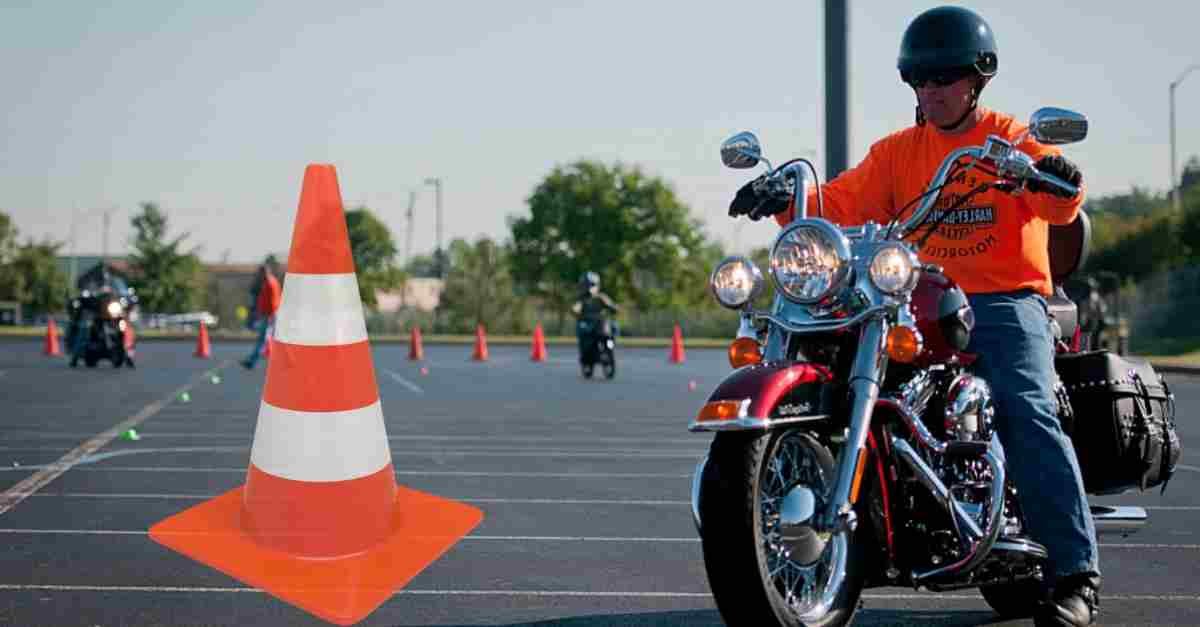In this article, I will guide you through what to check for when buying a used motorcycle. I have the experiences buying used motorcycles from private sellers and dealers compiled here. Moreover, this guide also serves as a checklist for buying a used motorcycle PDF.
First, make sure to buy a used motorcycle in broad daylight. It will be best to have a flashlight to inspect the internal parts.

Secondly, visit the seller or dealer with a mechanic or a motorcycle-knowledgeable friend.
Thirdly, do not get carried away over the motorcycle; a smart salesman or private seller can capitalize on it to screw your money.
Read: Can my motorcycle be repossessed?
What to Check for When Buying a Used Motorcycle
In this section, you will learn the questions and things to ask and know before buying a used motorcycle.

Below is what to check when buying a used motorcycle:
-
Request Service Records
The first checklist for buying a motorcycle is service record; it is a motorcycle-buying question that defines the motorcycle owner and legitimacy.
Typically, motorcycle owners keep service records after maintenance. The record discloses significant information such as the oil type, coolant, etc.
-
Start the Motorcycle when Cold
If you meet the motorcycle in a hot or warm state, the seller might be playing games. Give it about 30 minutes and explain to the seller that you prefer to inspect the motorcycle when it is cold, Clint Lawrence suggests.
Why is it something to look for when buying a used motorcycle? It helps to establish how the motorcycle responds and sounds. Moreover, it is difficult for a seller to hide issues when a motorcycle is cold.
To know whether the motorcycle hasn’t been running, place your hand near the engine and exhaust and do the following:
- Watch out for starting problems
- Inspect for fluid leakage when the engine is on
- Check the smoke from the exhaust
- Listen for abnormal and rattling sounds
-
Check the Brakes and Clutch
The braking system is another checklist when buying a bike. Test the brakes by sitting on the bike, get it out of gear, roll it forward, and brake.
If the motorcycle does not stop and makes a sound when you hold the brake, the brakes calibers or other parts need work.
Regarding the clutch, pull it in and release it gently. If you feel abnormal tension or pull, the clutch may need replacement.
-
Inspect Tire Condition

First, check records to know when the tires were changed. When you discover the KMS ridden by the owner, it indicates what tire condition to expect. If the expectation turns out better, then the owner knows how to maintain his motorcycle.
-
Check the Tank
Next, open the tank and use your flashlight to inspect corrosion inside. Ask the seller the last time the tank was drained to remove water. If it a long while ago, make sure to drain the tank after buying the motorcycle.
-
Instrument Cluster
It is imperative to know the instrument cluster when buying a used motorcycle. If you find a warning in the instrument cluster, the motorbike owner did not maintain it properly. Nevertheless, not seeing warning signs does not declare the motorcycle perfect. It is typical for some riders to get rid of warning lights before selling their motorcycle for the most profit.
If the seller is into flipping motorcycles for the most profit, expect no warning light; flippers fix them to increase profit.
-
Check the Electronics
Inspecting the electronics of the motorcycle is another way to tell whether it is a good deal. Search for damaged electronics such as lights or sticky buttons and indicators. If it is a high-end motorcycle, expect to put down huge some to replace damaged electronics.
-
Check Coolant
Coolant comes as neon green, and it smells lovely. When the engine is cold, take off the coolant cap inspect the coolant. If coolant is brownish, it is a sign that oil invaded the engine or rust. If the engine is rusty, it requires expensive repairs that depend on the motorcycled model.
If you find oil in the coolant, it suggests a failed O-rings or a leaking gasket. A professional can fix the head gasket and O-ring.
If the motorcycle uses liquid cooled engine, ask whether ask the owner whether they’ve used a car coolant in the reservoir. Meanwhile, find out whether you can use a car coolant in a motorcycle.
-
Check the Joints and Shocks
Inspect the weld points for cracking and corrosion. If it is a Cruiser, inspect the bottom pegs for wear.

Regarding shocks, check the rear and front shocks for leakage. Next, press and release the handle to confirm whether it comes up smoothly. If the response is not smooth, there is a problem with the shocks.
-
Buy from a Dealer
If you doubt private sellers, get it from a reputable dealer. A typical dealer does not want to mess with their integrity so that you can secure a near-good deal with them. Moreover, a dealer may give a warranty.
-
Take a Test Ride
During the test ride, look out for knocking and abnormal vibrations and make sure the handle movement is smooth. Inspect the alignment visually from back to front while keeping the handle straight.
Most of the time, a used motorcycle is serviced to appear good for a test ride. So, bear the petrol expenses after swaying the seller for an extended test ride. Cover about 50 km on a wobble path or road to know how the suspensions and shocks respond.
During the test ride, rev the motorcycle and watch out for smoke from the exhaust or misfires. If it misfires or smokes, it could be damaged cylinder heads or blocks or cheap exhausts.
-
Compile the Paperwork
Finally, request the paperwork to confirm the authenticity of the motorcycle. Meanwhile, you can refer to my detailed guide explaining how motorcycles are stolen.
Make sure to get every document, including proper invoices or bill of sale, title, and registration. Before you ride home, confirm whether you can ride a new motorcycle home immediately.
A seller can get rid of a motorcycle without a title, which signifies that the motorcycle is stolen. If the owner claims they can’t find their title, ask them to request a replacement for a lost title and transfer ownership to you.
Signs a Used Motorcycle is a Bad Deal
Inviting a motorcycle mechanic for inspection is a decent decision when buying a used motorcycle. If you have no mechanic, follow these tips to know a good deal motorcycle.
During the inspection, of course, you will inspect dents, rusts, fading parts, scratches, and cracks, and there should be no leakage. Inspect the fork seals alongside the engine, particularly the chain location in the transmission. Move to the front end, enable the center stand, and wiggle the forks.
Understand that some problems have known fixes to get the motorcycle back to life if you purchase it.
While buying a used motorcycle, especially from a private seller, look out for the signs below to know whether it’s a good deal:
-
The Engine
Low mileage on the engine does not mean the perfect motorcycle. Moreover, there is no decent number as to what safe mileage is, but I have disclosed a good mileage towards the end of this motorcycle-buying guide PDF.

A high mileage motorcycle maintained regularly and not owned by a maniac is better than a poorly maintained low mileage counterpart.
Note that fuel, oil degradation, O-rings, rust, and seals cracking may be unpredictable or can happen to engines used rarely. A regularly used engine, on the opposite, suffers normal degradation, which is predictable.
-
Suspension
One of the things to know when buying a used motorcycle is the suspension. A suspension can be in excellent condition but useless.
Like the motorcycle engine, rare use degrades the oil and springs unpredictably. Moreover, suspensions are one of the least looked-after components in a motorcycle.
-
Wheels and Tires
While inspecting the spokes (if the motorcycle has a spoked wheel) and rim, endeavor to know the tire condition.
To keep the motorcycle sales price low, the seller may not replace the tires. If the tires are not in good shape, replace them for road safety compliance.
-
Motorcycle Frame
You should be carefully inspecting the motorcycle frame because it could have been coated in plastics or a fuel tank.
Get a flashlight for closer details because new patches, rust, and weld damages are reg flags. Meanwhile, you may check out how to title a motorcycle frame if you are buying only the frame.
-
Bodywork
A new coat of paint or shiny graphics should not deceive you when buying a used motorcycle.
Besides, a seller can replace plastics to conceal problems; thus, making the motorcycle look like it never suffered a crash before.
- A used motorcycle has marked, used, or sun-burn plastics
- New motorcycle has new plastics
-
Drivetrain and Brakes
Don’t forget to tick the checklist for buying a used motorcycle by inspecting the drivetrain and brakes.
If you spot problems on the drivetrain or brakes, it is a sign of neglect or concealed issues.
-
Bearings
Get a flashlight and look at the visible bearing dust seals. You should also test specific parts to know the condition of the bearings.
If bearings do not run regularly, they may seize up. Note that even newer bearings fail without warning.
-
The Seller
The next thing to consider before buying a motorcycle is the seller. Does the seller look responsible? Is it a dealership? Nevertheless, profiling and judging a seller is not what we all want to do, but it is imperative when buying a used motorcycle, especially from a private seller.
Since it’s easy to steal a motorcycle, consider the chances that the seller may have stolen the motorcycle?
-
How Well the Seller Knows the Bike
Typically, most motorcycle owners are motorcycle geeks. They know every inch of bikes, including the toolkits, safety wear (personal and passenger helmet, gloves, etc.), stickers, etc.
This category of bike owners are typically dedicated to maintaining their motorcycle regularly. They know what parts were changed and suitable parts of the motorcycle.
You can always ask questions about the coolants, oil, and how often the owner changes them, so you imitate them after buying the motorcycle.
This approach helps to know when a motorcycle is stolen. For instance, a thief would not have detailed information on a stolen motorcycle like the original owner would confidently present.
-
Theft Status
While shopping, be careful not to buy a stolen motorcycle. Most stolen motorcycles are made legal before getting rid of them.
Before you read further, learn how a stolen motorcycle is made legit. Once a stolen motorcycle is legalized, you won’t get into trouble, except the thief left loopholes.
While inspecting the bike for theft, consider the following:
- Has the VIN plate been tampered with?
- Does the motorcycle match title information?
- What does the VIN report say about the motorcycle?
- Is the price of the motorcycle ridiculous?
- Can you get in touch with the seller in the future?
What mileage is too high for a motorcycle?
40,000 Miles. A used motorcycle that has over 40,000 miles on it is considered a high-mileage motorcycle. Nevertheless, a well-maintained bike, regardless of its mileage, is worth your money. If you are purchasing a sports bike, expect faster performance wear because they are mostly driven aggressively.
Final Thoughts
While shopping for a used motorcycle, be casual and confident. Do not show high interest in the bike or give the seller the impression that you like it.
It is typical for a private seller or dealer to rain praises on the motorcycle; do not fall for the trick.
Create a note for the components to inspect. Look out for the significant components and parts highlighted in this guide, ask questions where necessary and tick each component that passes your test. Ultimately, following this bike buying guide suggests that you know what to check for when buying a used motorcycle.
Meanwhile, if you are buying a heavy bike, are heavy motorcycles heavier to ride?
Get a professional with you when buying a used motorcycle!
the family instructor
Checklist for Buying a Used Motorcycle. Motorcycleshippers.com.








